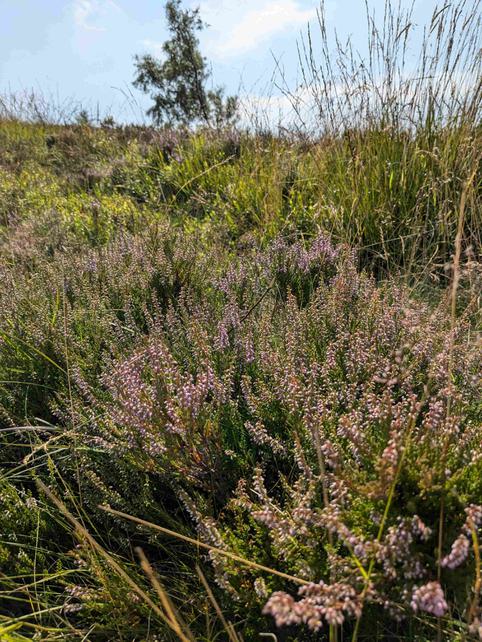
LGBTQ+ History
As a literary museum we understand that words hold weight and for some members of the LGBTQ+ community the term ‘queer’ has negative associations. The word ‘queer’ is now widely accepted as an umbrella term to capture the fluidity of sexuality and gender to include all experiences and identities and is featured within the LGBTQ+ acronym to reflect this. At the Brontë Parsonage Museum, we sometimes use the term ‘queer’ in this context and it’s always for the intent of inclusivity.
There’s a common misconception that LGBTQ+ people were non-existent at the time of the Brontës.
But newspaper reports, letters, and diaries keep emerging to shed light on queer lives in the 19th century. Positive change relies on education and representation, and LGBTQ+ histories have gone untold or misrepresented for so long - but it’s possible to change the narrative.
In Victorian Britain, romantic relationships between men were illegal and punishable by death. Romantic relationships between women weren’t illegal - the general feeling was that women simply wouldn’t have them. This means many LGBTQ+ stories were kept hidden, and we have to dig a little deeper to uncover them.
Shining a light on LGBTQ+ 19th-century histories provides a more realistic backdrop to the period in which the Brontës wrote, helping us explore new angles of interpretation to their work.


Sadly, research on queer lives usually comes from court cases or newspaper reports, many of which are derogatory, unjust, and humiliating to the prisoner. But these punishments weren’t universally supported. In West Yorkshire, a farmer named Matthew Tomlinson read the story and reflected on it in his diary at the time.
“If it is their nature from childhood (as I am informed it is) – If they feel such an inclination, and propensity, at that certain time of life when youth genders into manhood; it must then be considered as Natural – and if natural, or a defect in nature, it seems cruel to punish that Defect with Death.”
This diary entry was brought to light and published in 2020 from the West Yorkshire Archives.
Locally in West Yorkshire, Anne Lister (1791-1840) - dubbed Gentleman Jack - was a landowner, business woman, and diarist living at Shibden Hall in Halifax, with her wife Ann Walker. She defied gender norms for the time.
One couple who were widely accepted and broadly talked about during the early 1800s was Eleanor Butler and Sarah Ponsonby, otherwise known as ‘The Ladies of Llangollen’. The two women left their families and homes in Ireland and started a new life together in Llangollen, Wales, enjoying visits from the likes of Percy Shelley, Sir Walter Scott, and Anne Lister.
In 1835, James Pratt and John Smith were the last two men to be executed in Britain for homosexuality. In 1861, the death penalty for homosexual relationships was abolished, but homosexuality remained illegal until 1967 in England and Wales, and 1980 in Scotland.
Towards the end of the 19th century, Oscar Wilde was famously tried for homosexuality, attracting vast media attention. Into the 20th century, same-sex relationships and gender norms were more openly discussed and explored by writers such as Virginia Woolf, Radcliffe Hall, Henry James, and T.E. Lawrence.
